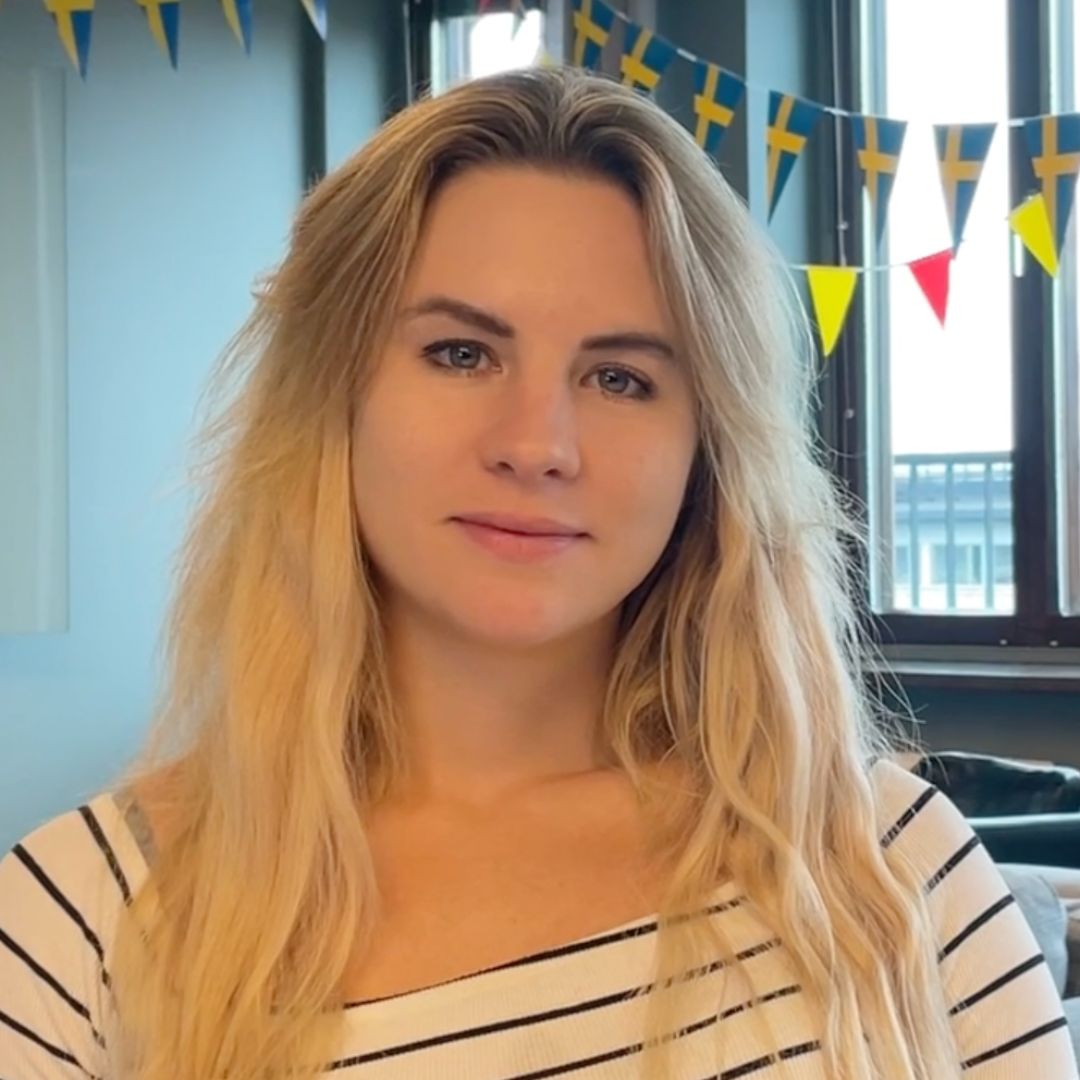It’s been several thousand years since the philosopher Aristotle stated that a story should consist of three parts: a beginning, a middle, and an end. Since Aristotle, a lot has changed concerning how we define stories and how we tell our stories. Today there are a plethora of other classic storytelling structures that can help you along the way.
But, you might be thinking, isn't it cheating to start from an existing structure? Or do I not compromise my creativity if I use a template? Naturally, the answer to both of these questions is no.
Storytelling structures and templates not only save time, evoke creativity, and lets you add what's important, and remove the stuff that's not.
Let's list some storytelling techniques that work just as well for a lecture as for a video or a Facebook post.
1. Three acts, or "Tell it like Steve Jobs"
As most of you probably know, Steve Jobs, the founder of Pixar and Apple, was one of the most successful commercial storytellers of his time. Looking at the lectures he gave in connection with Apple's product release are still true crash courses in storytelling. He also applied one of the most classic storytelling structures, borrowed directly from Hollywood.
He divided his stories into three acts: “Setup”, “Confrontation”, and “Resolution”
1. Setup: Here we’re introduced to the existing world and why there’s a problem with the status quo. We also meet some kind of hero.
2. Confrontation: in act two, challenges arise and an event forces our hero to solve a number of problems or to overcome an obstacle to reach his goal.
3. Resolution: in the last act, the hero finally defeats the antagonist or solves the problem, which ultimately makes the world a better place.
Example:

2. Steve Jobs according Dave Gerhardt
The marketer Dave Gerhardt at Drift sat down and studied lots of lectures by Steve Jobs, and he then created his own version of Jobs' narrative structure, which might feel clearer to some:
1. Tell a story: start with a story or a hook to engage the audience. This can be something personal, like “this morning, when my daughter spilled milk, I realized that...”.
2. Pose a problem: clarify the problem. If you’re a marketer, you should keep this short and simple by focusing on one single problem.
3. State the solution: the obvious order is to state the solution to the problem.
4. Proof: proving that you’re telling the truth is important at this stage. You might use the voice of a customer or use some other method to get the audience to trust your solution.
5. CTA: what is the viewer supposed to do with this information? What does it lead to? Be clear.
Example:

3. Simon Sinek's The Golden Circle
If you haven’t seen Simon Sinek's TED Talk “How Great Leaders Inspire Action” then it's really time for you to do so. With his framework, you can quickly tell a story that goes deep:
1. Why: Think like Sinek “start with why”. Why are you there? What do you want the audience to feel?
2. How: How do you fulfill your why?
3. What: What do you do to fulfill your why (it’s here you mention your products and services).
Example:

4. BAB, or Before – After – Bridge
This is a classic copywriter trick that’s easy to use in any type of storytelling:
1. Before: describe your current world and its problems.
2. After: describe what your world would look like if the problem was solved.
3. Bridge: this is how you get there.
Example:

5. PAS, or Problem – Agitate – Solve
This is another excellent trick borrowed directly from the copywriter world to quickly paint a picture in your story:
1. Problem: identify the problem
2. Agitate: amplify the problem until you make it uncomfortable.
3. Solve: solve the problem.
Example:

6. Star – Chain – Hook
This model is great simply because it’s so easy to remember. Imagine a star, a chain, and a hook—and you’re set.
1. Star: open with something that catches your viewer’s attention, something positive.
2. Chain: the chain is a series of compelling facts, advantages, sources, or evidence proving that your introductory “star” is trustworthy.
3. Hook: the hook is your powerful Call To Action. What should the viewer do next?
Another way of looking at this structure is that the Star catches the audience's attention, the Chain creates their need for the solution and the hook shows what they should do to get their hands on the solution.
Example:







